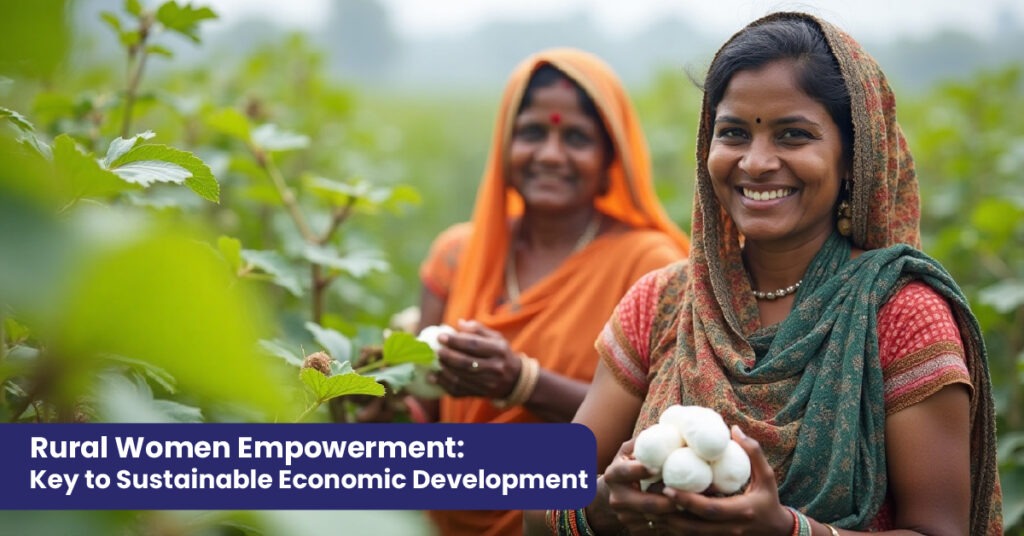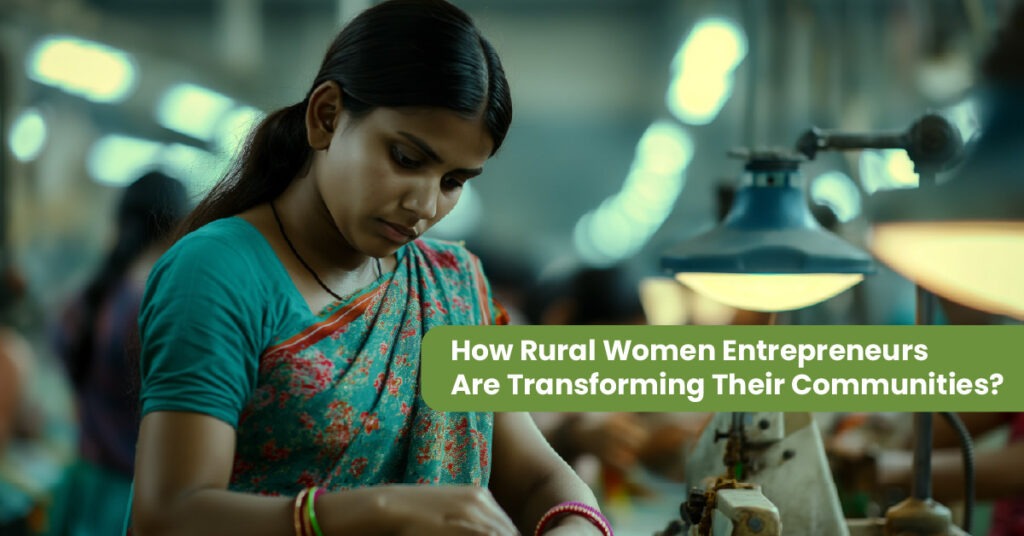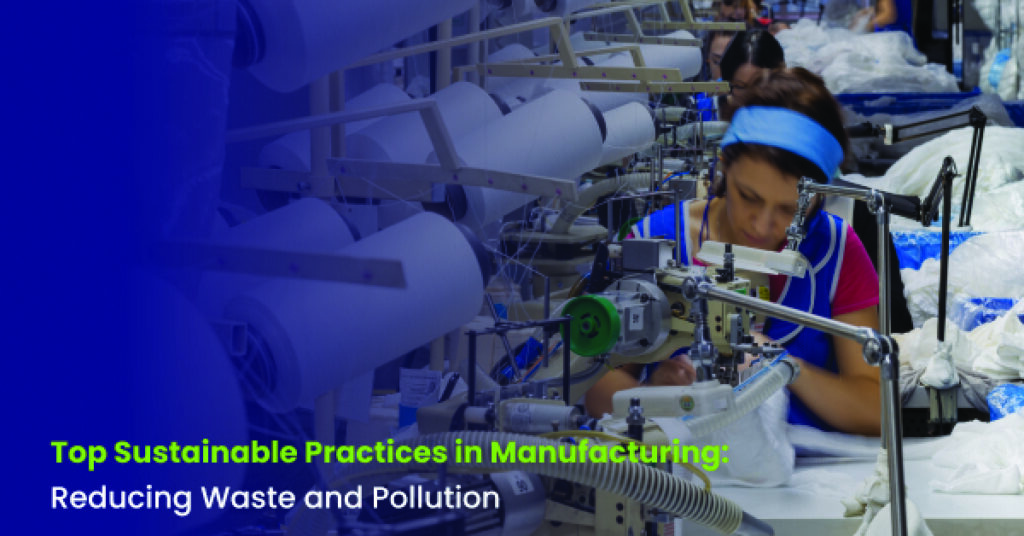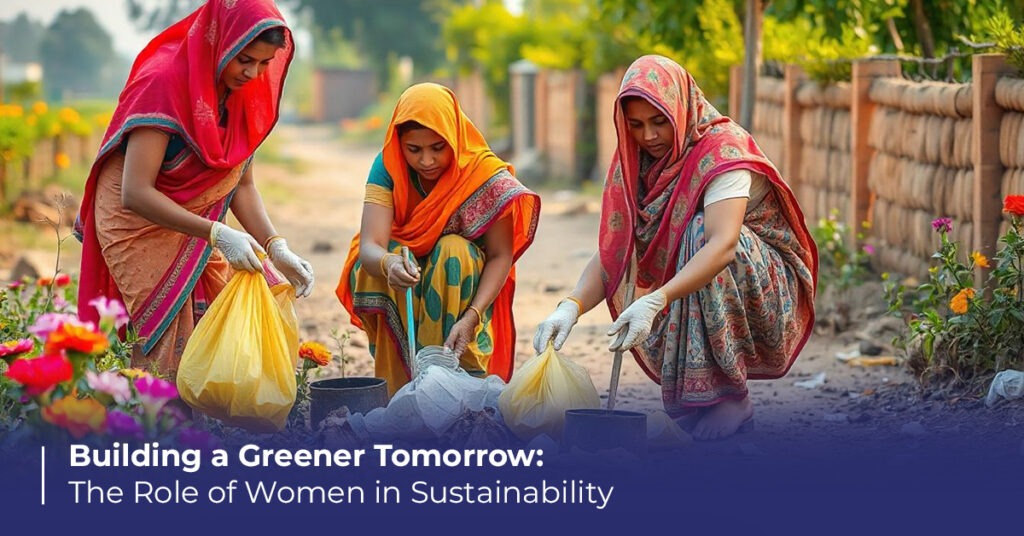Rural Women Empowerment: The Key to Sustainable Economic Development
“Imagine a woman from a rural village holding the keys to her own future. What would that look like?” This isn’t a distant dream. It’s happening right now, across rural India. Women, traditionally seen in domestic roles, are now taking charge in their communities, fostering growth and leading sustainable initiatives. This blog explores how empowering rural women is at the core of economic development and sustainability and how this transformation is not only benefiting individual women but entire communities and economies. Rural Women Empowerment and Its Role in Sustainability What happens when we give rural women the tools, the skills, and the opportunities to lead? Imagine a woman farmer, with no prior experience in sustainable practices, learning about organic farming. She is not only growing her own food but creating surplus that feeds her entire village. She’s learning to manage resources, improve soil health and even increase crop yields. This is the power of empowerment. Empowering women means giving them the knowledge and confidence to make decisions that not only transform their lives but also contribute to the well-being of the environment. When women are empowered, they become the stewards of sustainability. They make better decisions for their families, communities and the planet, proving that when you elevate a woman, you elevate the world around her. Related Blog: The Role of Women in Rural Development: Driving Economic and Social Change Importance of Rural Women in Economic Development Rural women are not just contributors to the economy; they are the backbone of it. In rural areas, women are often the driving force behind agricultural productivity, local businesses and community welfare. Whether it’s working on the farm, managing a small local business, or playing key roles in village leadership, rural women are the engines that power local economies. Yet, they are often overlooked when it comes to access to resources like credit, education, and land ownership. The future of rural economic growth depends on the economic empowerment of women. When these women are given the tools to thrive, they invest their income back into their families, ensuring a ripple effect of prosperity and growth. They are the unsung heroes of India’s economy, and by uplifting them, we unlock an entire segment of untapped potential. Impact of Rural Women on Sustainable Development Goals (SDGs) Sustainable Development Goals (SDGs) are not just numbers, they’re about real, lasting change. For years, rural women were excluded from economic and environmental decision-making, but that’s starting to change. In the past, rural women lacked access to education, healthcare and economic opportunities. Today, these women are at the forefront of SDGs, actively participating in goals such as gender equality (SDG 5), responsible consumption (SDG 12), and climate action (SDG 13). The transformation has been significant. Women are no longer just caretakers of their households, they are leaders in agriculture, environmental conservation and climate resilience. Through community-driven solutions and initiatives, rural women are contributing to sustainable agricultural practices and climate action that directly support the SDGs. Their voices are now heard, and their actions are shaping a sustainable future. Case Studies and Success Stories 1. Prabhu Naidu Ltd. – Empowering Rural Women through Sustainability Prabhu Naidu Ltd. is a prime example of how empowering women can lead to transformative change. By offering training in sustainable practices, they help rural women gain financial independence while promoting eco-friendly living. With every bag crafted and sold, rural women are not just earning a livelihood, they’re contributing to a cleaner, greener future for everyone. This model proves that when rural women are given the resources to succeed, they can uplift entire communities and lead sustainable initiatives that have long-lasting impacts. 2. Selco India: A company that empowers rural women in off-grid areas by providing them with solar energy training, which allows them to set up and manage solar solutions in their villages. This has brought about greater energy access and independence in remote areas. Source 3. Rural Women Empowerment through Organic Farming in Rajasthan: A project where women farmers are trained in organic farming techniques, leading to improved agricultural yields, better health outcomes, and financial independence for women. Source These stories are just a glimpse of what’s happening across India. With support, women in rural areas are rising to challenges and breaking barriers empowering themselves and the world around them. The Future of Rural Women Empowerment and Sustainability What happens when we fully invest in rural women? The future is incredibly promising. When rural women are empowered, they don’t just change their own lives, they change the entire landscape of their communities. By providing them with resources, education, and leadership training, we are not only advancing gender equality but also accelerating progress toward achieving a sustainable future. In the coming years, we can expect to see even more women in leadership positions, making decisions that affect agriculture, business and environmental policy. They will be key players in achieving the Sustainable Development Goals, with their hands shaping the future of our planet. The journey is just beginning, and the momentum is undeniable. A future led by empowered rural women is one of hope, growth and sustainability. Together, we can make that future a reality. Conclusion Empowering rural women is more than just a goal, it’s the foundation for a thriving and sustainable future. By unlocking their potential, we are not only improving individual lives but also securing the health of our planet for future generations. It’s time to elevate these women, listen to their voices, and give them the tools they need to shape a better tomorrow.











